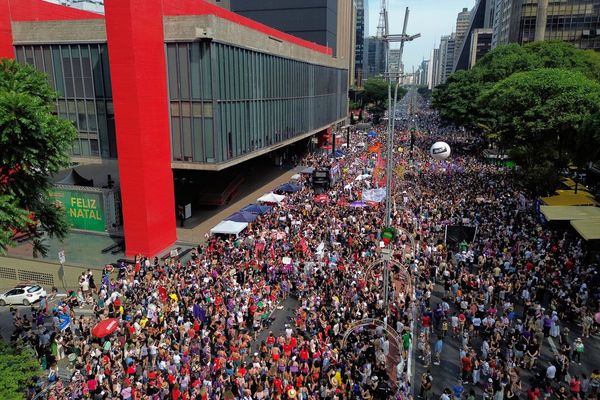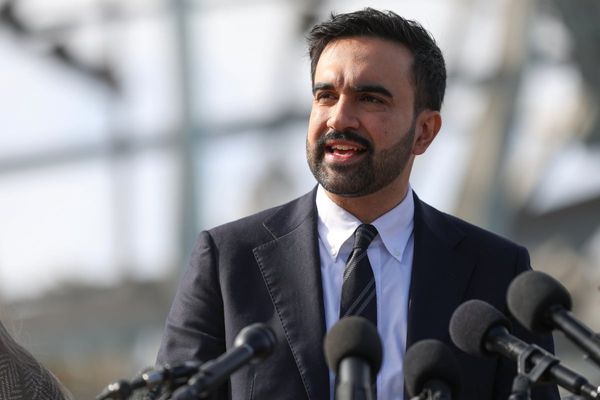
The U.S. federal government officially entered a shutdown at 12:01 a.m. on Wednesday, Oct. 1, after Congress failed to reach an agreement on a spending plan.
While the headline news introduces a new layer of uncertainty for markets, historical data suggests that these events are often short-lived and have a limited long-term impact on equities.
For investors, looking past the political turbulence is often key. Here are the facts you need to know:
Shutdowns Are Typically Brief And Markets Are Resilient
- History shows that government shutdowns are generally not a reason to panic-sell. The U.S. government has shut down 20 times since 1976, with the average shutdown lasting only eight days.
- While some market volatility can occur, investors have generally looked past these budget-related disruptions. Market performance following a shutdown has been strong.
- The S&P 500 has historically posted average returns of 1.2% one month and 2.9% three months after a budget is passed.
- One year after a shutdown ends, the S&P 500 posts an average gain of +13% and has ended higher in 86% of cases, according to The Kobeissi Letter.
The Biggest Risk: An Economic Data Blackout
- The most significant immediate impact for financial markets is the suspension of vital economic data.
- The Bureau of Labor Statistics confirmed it will not collect or release any data during the shutdown, meaning this Friday's highly anticipated jobs report will be delayed.
- This "data blackout" is the primary concern for investors and the Federal Reserve, as it muddies the economic outlook. As Jim Bianco, President at Bianco Research LLC, noted, a prolonged delay in statistical reports can become a significant issue, making it difficult for policymakers and investors to make informed decisions.
See Also: Who Gets The Blame For A Government Shutdown, Republicans Or Democrats? Here’s What Voters Say
Duration Is Everything
- While short-term shutdowns have a minimal economic impact, the longer the closure lasts, the greater the hit to growth.
- A shutdown can reduce government spending, delay paychecks for hundreds of thousands of federal workers, and disrupt private businesses that rely on government services.
- The 16-day shutdown in 2013, for example, lowered annualized GDP growth by as much as 0.6%, according to the Office of Management and Budget.
- For now, LPL Research notes that such events can create tactical opportunities to buy into a seasonally strong period for stocks. However, the key risk remains a prolonged political stalemate that could have a more tangible effect on the economy.
Which Other Services And Institutions Are Closed During A Shutdown?
- Military employees would likely not be paid during a shutdown.
- National parks would be closed.
- The Labor Department and IRS would operate on a limited basis, with no manned help lines for consumers.
- Regional Department of Veterans Affairs offices are expected to close.
- Social security benefits would still go out.
- The FDA would not process any new drug applicants.
- Supplemental Nutrition Assistance Program (SNAP) benefits would be covered for up to one month.
- The National Zoo and the Smithsonian in Washington D.C. would not open.
Price Action
The SPDR S&P 500 ETF Trust (NYSE:SPY) and Invesco QQQ Trust ETF (NASDAQ:QQQ), which track the S&P 500 index and Nasdaq 100 index, respectively, rose on Tuesday. The SPY was up 0.38% at $666.18, while the QQQ rose 0.27% to $600.37, according to Benzinga Pro data.
The futures of the S&P 500, Dow Jones, and Nasdaq 100 indices were lower on Wednesday.
Read Next:
- Investors Brush Off Looming Shutdown — But Economists Warn Costly ‘Data Blackout' Could Skew Outlook
Disclaimer: This content was partially produced with the help of AI tools and was reviewed and published by Benzinga editors.
Photo courtesy: Shutterstock







